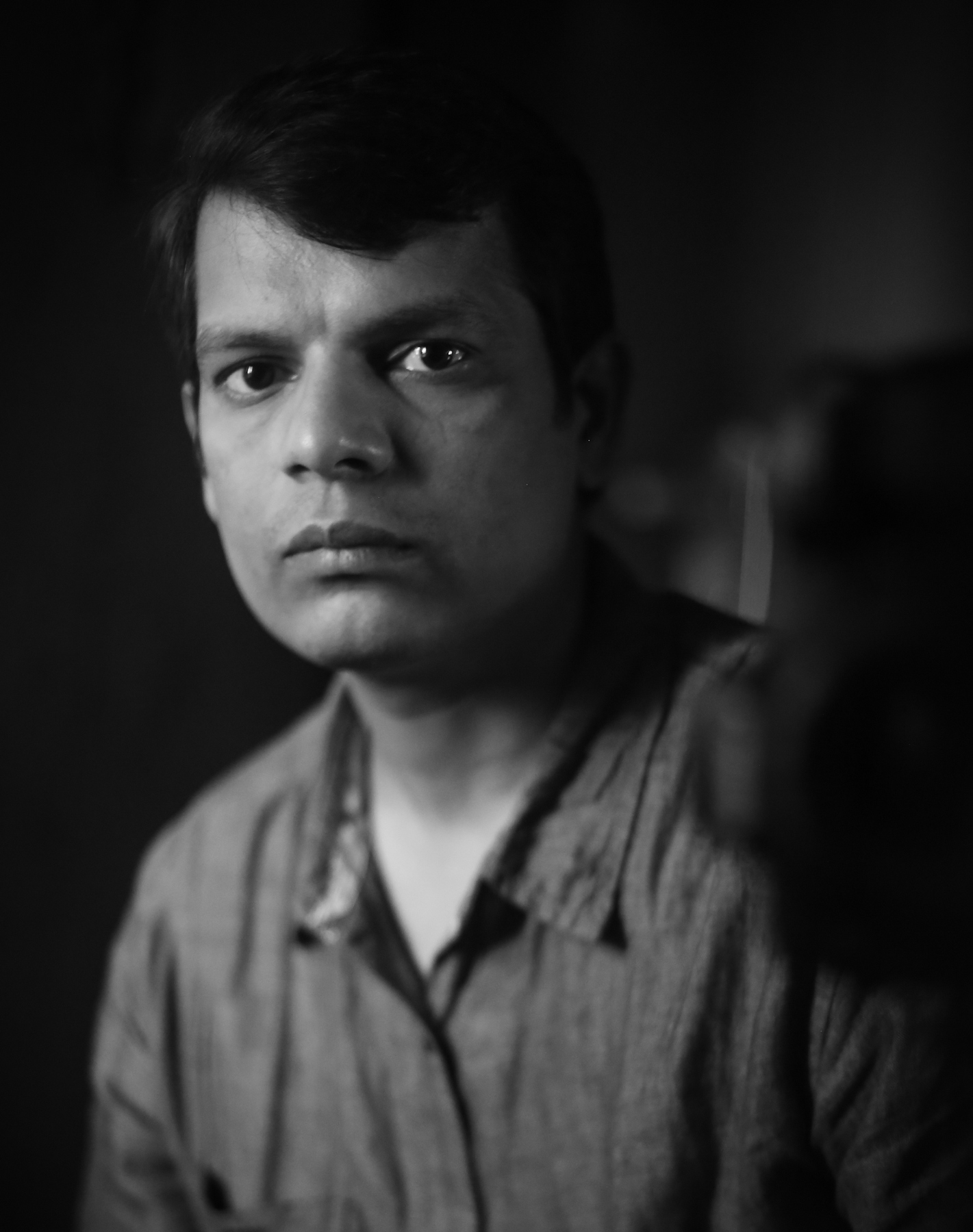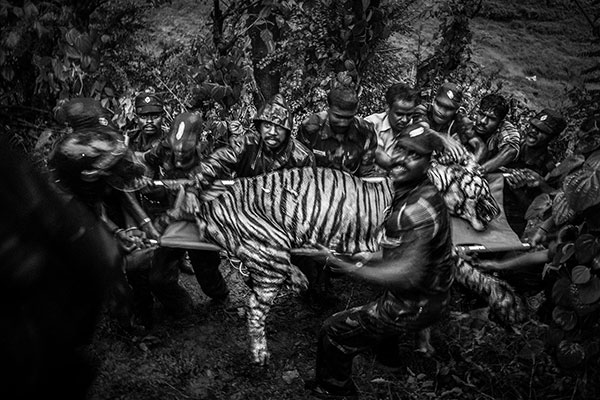Spotlight Award 2019 | Senthil Kumaran- ENG

India has more than 500 wildlife sanctuaries comprising 1.21% of the country’s total surface area. These wildlife sanctuaries include 120 National parks and 48 tiger reserves. India is home to an estimated 2,300 of the 4,000 or so last surviving wild tigers on this planet. Thousands of villages are situated around the sanctuary areas. The livelihood of people residing in these villages is solely dependent on agriculture, livestock grazing, honey collecting and fishing.
Increasing human activities inside the forest, fast shrinking forest space and low amount of prey possibilities has led to a situation where tigers very often have to share space with humans, leading to human-tiger conflict in many sanctuaries across the country.
Tigers pose a serious threat to humans because of their man eating behaviour as well as their preying on livestock, which many local communities depend on for their livelihood.
Villagers often use poisoning as a form of defense. In fact, an adult tiger was found dead near a farm. After the autopsy the veterinarian confirmed that the tiger was poisoned with a pesticide. It is believed that the locals mixed the poison in the remains of a mule to kill the tiger.
There is a major human–tiger co-existence crisis in many sanctuaries across the country. In order to mitigate the human-tiger conflict, the government has strategized the approach of human relocation, which again has many practical hurdles.
Photo copyright: © Senthil Kumaran Rajendran

Senthil Kumaran Rajendran is an independent visual storyteller from South India. He holds an engineering degree in IT, however, an immense interest in the Visual Arts from his childhood led him to pursue a full-time career in photography. His work focuses on social, environmental issues with a personal approach. Over the past 5 years, his work has turned towards environmental and wildlife issues. Now he is working on various Tiger reserves in India, continuing to develop his longtime project of Human & Animal Conflict.
He has won several awards from international organizations like National Geographic, Istanbul Photo Awards, Melvita Nature Image Award, WWF, UNESCO, Media foundation of India and Hindu Photojournalism Award, among others. In 2007 he received the Geographical Photographer of the Year Award from Royal Geographic Society, London. He also received the Hope Françoise Demulder Grant from Angkor Photography Festival, Cambodia. He has been selected for World Press Photo Talent Program 6×6 Asia Region in 2019.
His works have been projected and exhibited in several Festivals and galleries all over the world. His photographs have been published in National Geographic, Getty Images, AFP, Terre Sauvage Magazine, Geographical, City Magazine, Photo Life Magazine, Outdoor Photography, India Today, Business Today, Open Magazine, Tehelka & Traveller.
